
Are you ready to hit the trails and embark on a thrilling adventure? Trail running is not only a great way to challenge yourself physically, but it also allows you to immerse yourself in nature and discover hidden gems off the beaten path. To ensure a successful trail running adventure, it is essential to have the right gear. From top-notch running shoes designed to handle rugged terrain to lightweight backpacks that can hold all your essentials, this guide will provide you with the must-have gear for your next trail running excursion. So, lace up your shoes and get ready to conquer the trails like never before!
What You'll Learn
- What are the essential items to pack for trail running?
- Are there any specific clothing items that are recommended for trail running?
- What type of shoes should I pack for trail running?
- Is there any equipment or gear that is necessary for trail running?
- Are there any additional items to consider packing for longer trail running adventures?

What are the essential items to pack for trail running?
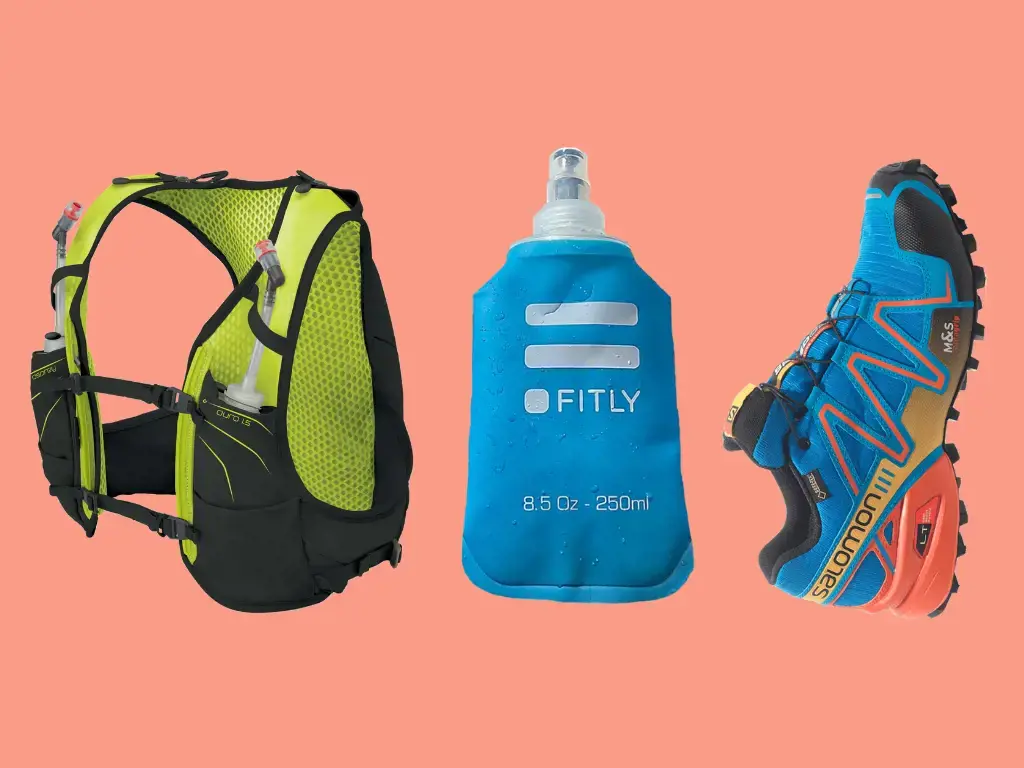
When preparing for a trail running adventure, it's important to pack the right gear to ensure a safe and enjoyable experience. Here are some essential items you should consider bringing along:
- Trail running shoes: A good pair of trail running shoes is crucial for tackling uneven terrain and providing the necessary traction. Look for a shoe with a sturdy sole and good ankle support to prevent injuries.
- Hydration pack: Staying hydrated during a trail run is essential, especially in hot weather. An ergonomic hydration pack with a reservoir, a straw, and storage pockets for snacks and other essentials is a great investment.
- Navigation tools: Trail running often takes you off the beaten path, so having navigation tools such as a compass and a map or a GPS watch can be invaluable. These tools will help you stay on track and find your way back if you get lost.
- Lightweight clothing: When it comes to trail running, it's important to wear moisture-wicking, lightweight, and breathable clothing that provides protection against the elements. Opt for clothing made from technical fabrics that dry quickly and provide UV protection.
- Sun protection: Since trail running often takes you through exposed areas, sun protection is crucial. Don't forget to pack sunscreen with a high SPF, a hat, and sunglasses to protect your skin and eyes from the sun's harmful rays.
- First aid kit: Accidents can happen, especially when you're running on challenging terrain. Pack a small first aid kit with essentials such as adhesive bandages, antiseptic wipes, blister treatment, and pain relievers. It's better to be prepared for any minor injuries that may occur.
- Nutrition: Trail running can be physically demanding, so it's important to fuel your body properly. Pack energy gels, protein bars, or small snacks to provide a quick energy boost during your run. Hydration tablets or electrolyte powder can also enhance your performance and help replenish essential minerals.
- Safety whistle: In case of an emergency, a safety whistle can be a lifesaver. It can help signal for help and attract attention if you're in danger or lost. Attach it to your hydration pack or carry it in a convenient pocket.
- Light source: If your trail run extends into the evening hours, it's essential to have a reliable light source. A headlamp or small flashlight will help you navigate the trails and avoid potential hazards.
- Packable rain gear: Weather conditions can change quickly when you're trail running, so it's a good idea to pack a lightweight, packable rain jacket or poncho. This can keep you dry and protected from wind and rain, ensuring a more comfortable experience.
Remember, the items you pack will vary depending on the length and difficulty of your trail run, as well as the weather and terrain conditions. Take the time to research and plan for the specific requirements of your trail running adventure, and always prioritize safety and comfort.
Your Ultimate Guide: What to Pack for a Bahamas Norwegian Cruise
You may want to see also

Are there any specific clothing items that are recommended for trail running?
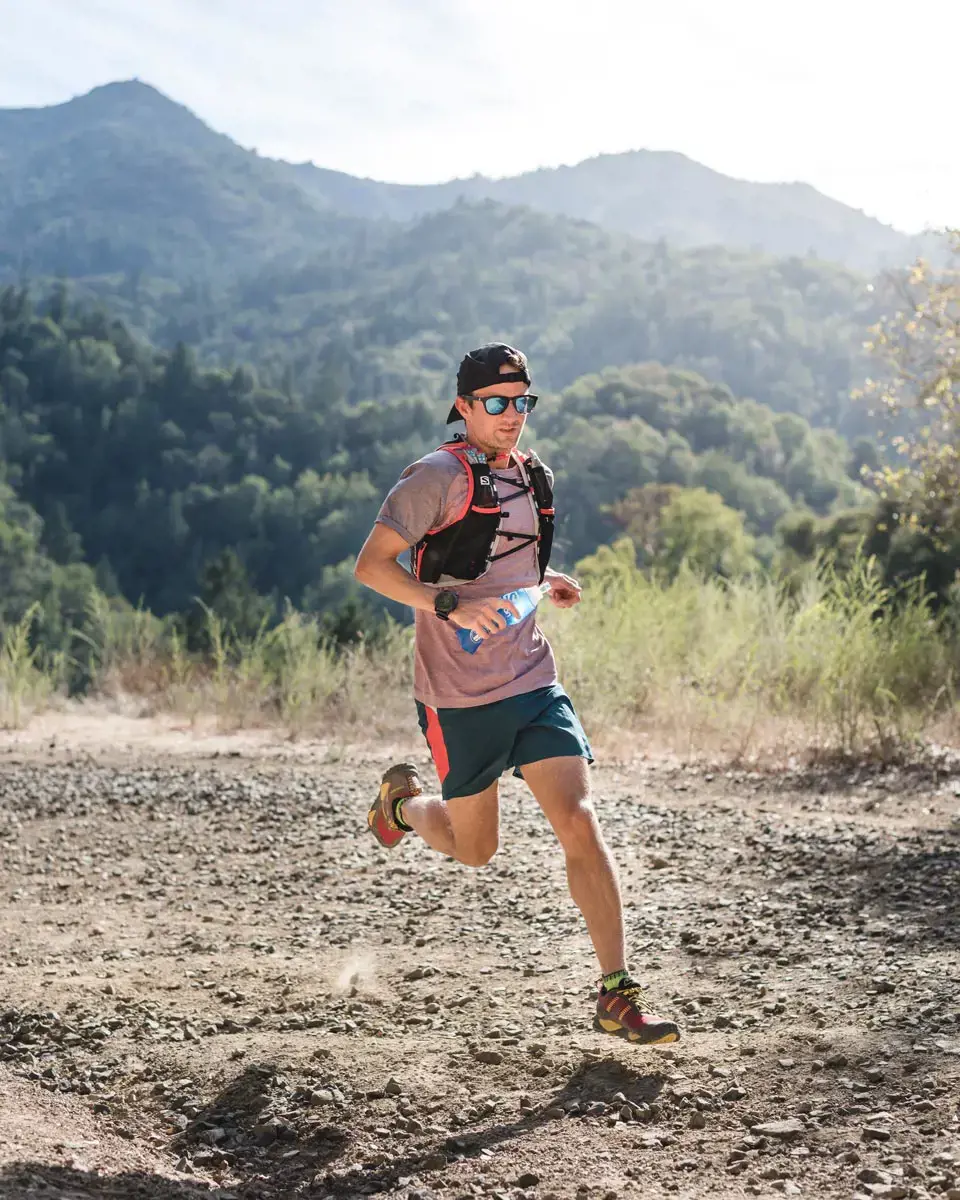
Trail running is a popular outdoor activity that combines the benefits of running with the beauty of nature. Whether you are a seasoned trail runner or a beginner looking to get started, it is important to have the right clothing to ensure comfort, safety, and performance. While there is no one-size-fits-all answer to what clothing items are recommended for trail running, there are several key considerations to keep in mind.
First and foremost, it is crucial to choose clothing that is suitable for the weather and climate conditions. If you are running in hot and humid weather, lightweight and breathable materials are essential to help keep you cool and prevent overheating. Look for moisture-wicking fabrics that will draw sweat away from your body and allow it to evaporate. On the other hand, if you are facing colder temperatures, you should opt for thermal or insulating layers that will help retain heat and keep you warm.
Next, consider the terrain and trail conditions you will encounter. If you are running on rugged and technical trails with lots of rocks, roots, and uneven surfaces, it is important to wear clothing that offers protection and durability. Look for pants or shorts made from sturdy materials with reinforced knee and seat areas to withstand abrasion and potential falls. Additionally, consider wearing long sleeves and pants to protect against scratches and bug bites, especially in areas with dense vegetation.
Another important consideration when choosing clothing for trail running is visibility. Many trails are located in remote areas with little to no street lighting, which can make visibility a challenge, especially during early morning or evening runs. To enhance your safety, opt for clothing with reflective or neon accents that will make you more visible to others, such as fellow runners, cyclists, or hikers, as well as vehicles if you have to cross roads.
In terms of specific clothing items, here are some recommendations that many trail runners find useful:
- Trail running shoes: Invest in a good pair of trail running shoes that are specifically designed for off-road running. These shoes offer better grip, stability, and protection compared to regular running shoes. Look for features such as aggressive outsoles with lugs for traction, cushioning for shock absorption, and a protective toe cap.
- Moisture-wicking socks: Avoid cotton socks that tend to hold moisture and can cause blisters. Instead, opt for moisture-wicking or synthetic socks that will keep your feet dry and reduce the risk of friction-related injuries.
- Running shorts or pants: Choose shorts or pants that allow for a full range of motion and are made from lightweight, breathable, and quick-drying materials. Look for options with multiple pockets that will allow you to carry essentials such as keys, a phone, or energy gels.
- Moisture-wicking base layers: These are the first layer of clothing that directly touches your skin. They should be made from moisture-wicking materials such as merino wool or synthetic fabrics. These base layers will help regulate your body temperature by wicking away sweat and keeping you dry and comfortable.
- Lightweight and breathable top layer: Depending on the weather conditions, choose a top layer that is lightweight, breathable, and provides protection against wind, rain, or sun. Look for options with zippered vents to allow for extra ventilation during hot weather.
- Hat or visor: Protect your face and head from the sun and rain by wearing a hat or visor that provides shade and shields your eyes. Look for options with moisture-wicking properties and a design that allows for airflow to keep you cool.
Remember, these recommendations are not set in stone, and everyone's preferences and needs may vary. It is important to experiment with different clothing options and find what works best for you. Additionally, always dress in layers that you can add or remove depending on the temperature. Don't forget to consider factors such as sun protection, insect repellant, and hydration needs when planning your trail running outfit. With the right clothing, trail running can be a comfortable and enjoyable experience.
The Ultimate Packing Guide for a Cruise to New Caledonia
You may want to see also

What type of shoes should I pack for trail running?
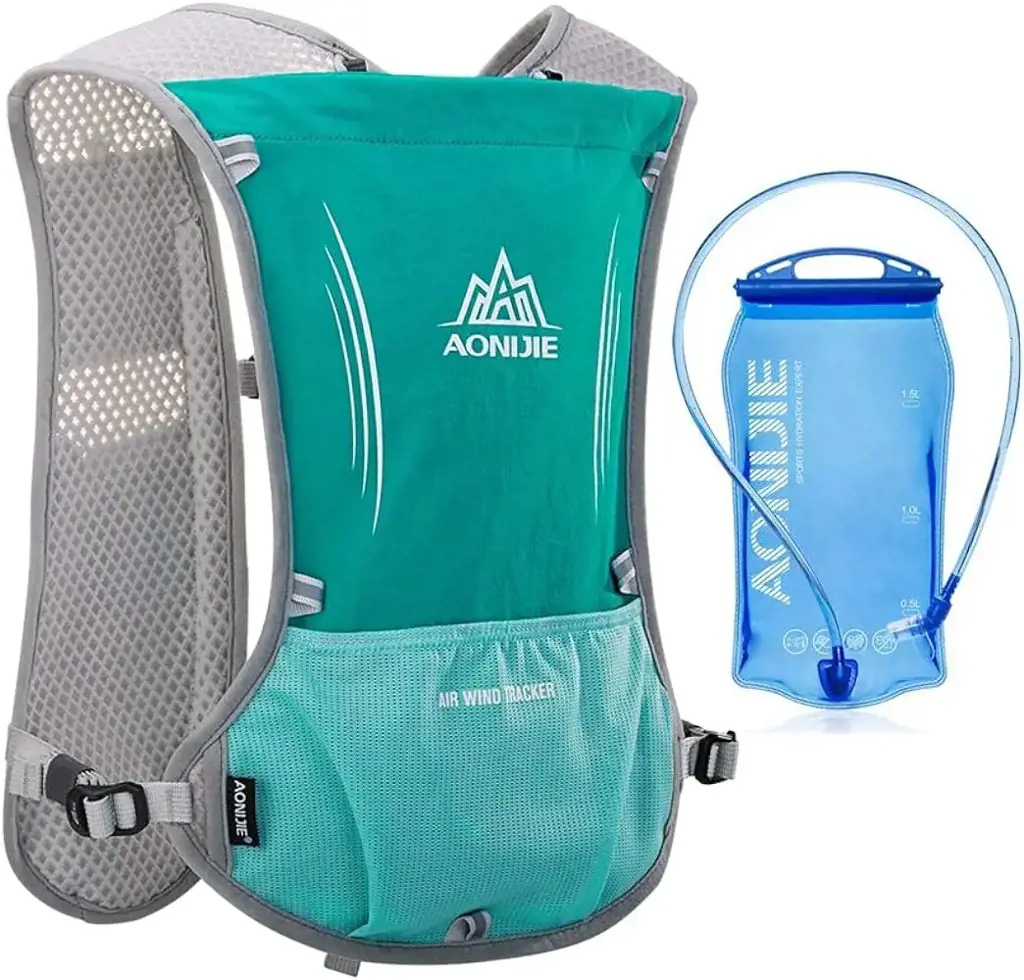
When it comes to trail running, having the right pair of shoes is essential. Trail running involves running on uneven terrain, which requires a shoe that provides stability, traction, and protection. Here are some factors to consider when choosing the right shoes for trail running:
- Traction: Trail running shoes should have excellent traction to provide stability on slippery and uneven surfaces. Look for shoes with aggressive lugs on the outsole, which will help you grip the trail and prevent slips and falls.
- Stability: The uneven terrain of a trail can put more stress on your ankles compared to road running. Look for shoes with a supportive upper that keeps your feet stable and secure. Some shoes also come with additional features like a rock plate, which protects your feet from sharp objects on the trail.
- Cushioning: While cushioning is important for any type of running shoe, trail running shoes may require more cushioning to absorb the impact of running on rough surfaces. Look for a shoe that provides adequate cushioning without sacrificing stability.
- Breathability: Trail running often involves running in varied weather conditions, so it's important to choose shoes that offer breathability. Look for shoes with mesh uppers that allow airflow to keep your feet cool and dry.
- Protection: Trail running can subject your feet to various hazards, such as rocks, roots, and debris. Look for shoes with a protective toe cap and reinforced upper to provide extra protection and prevent injuries.
- Size and fit: It's crucial to find trail running shoes that fit properly. Keep in mind that your feet may swell during longer runs, so leave some room for swelling. Make sure to try on shoes and walk around in them before buying to ensure a comfortable fit.
Some popular trail running shoe brands include Salomon, Hoka One One, Brooks, and New Balance. It's also helpful to read reviews from other trail runners to get an idea of a shoe's performance on different types of trails.
In conclusion, when packing for trail running, make sure to choose a pair of shoes that provide excellent traction, stability, cushioning, breathability, and protection. Finding the right shoes will enhance your trail running experience and keep your feet comfortable and safe throughout your runs.
Essential Items to Pack for a Three-Day Volleyball Camp
You may want to see also

Is there any equipment or gear that is necessary for trail running?
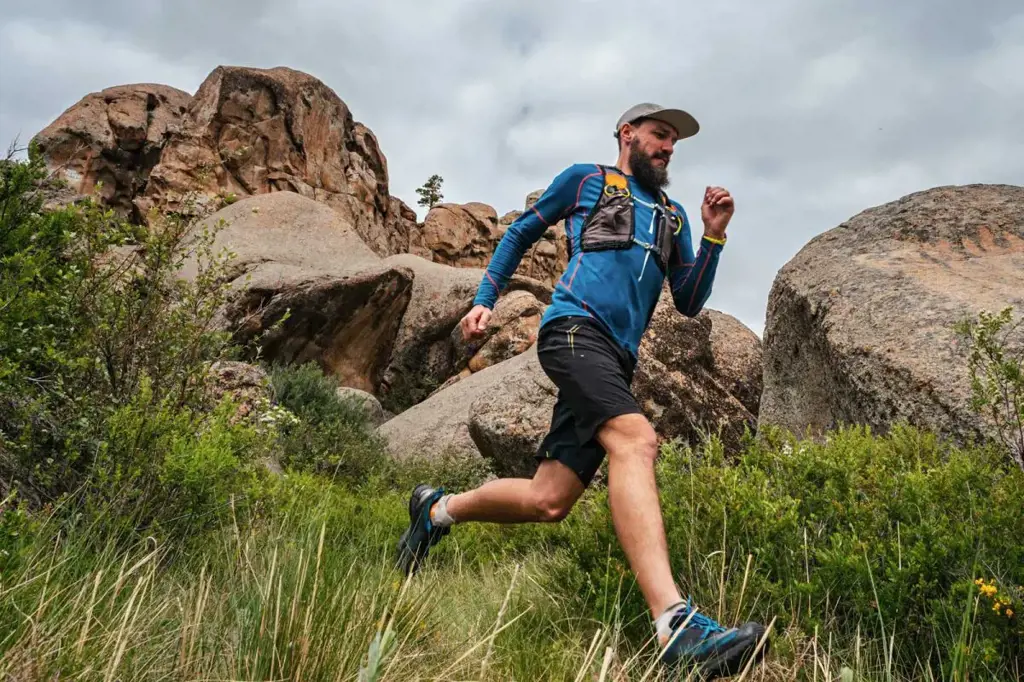
Trail running can be an exciting and challenging outdoor activity. Whether you are a beginner or a seasoned runner, having the right equipment and gear is crucial for a safe and enjoyable experience. In this article, we will discuss the necessary equipment and gear for trail running, including shoes, clothing, hydration systems, and safety accessories.
Trail Running Shoes:
The most important piece of equipment for trail running is a good pair of trail running shoes. Unlike road running shoes, trail running shoes are specifically designed to provide stability, traction, and protection on uneven terrain. Look for shoes with a durable outsole that offers good grip on various surfaces. They should also have a reinforced toe cap and ample cushioning to protect your feet from rocks and roots.
Clothing:
Wearing the right clothing can make a big difference in your trail running experience. Opt for moisture-wicking and breathable fabrics to help keep you dry and comfortable. Choose lightweight and quick-drying clothing to prevent chafing and irritation. Depending on the weather and terrain, you may need to layer up or down. Consider wearing a hat and sunglasses to protect yourself from the sun, and don't forget to apply sunscreen on exposed skin.
Hydration Systems:
Staying hydrated during trail running is essential, especially if you are running for a longer duration or in hot weather. There are several options for carrying water and staying hydrated on the trail. You can use a hydration pack, which is a backpack with a built-in water bladder and a hose for drinking. Alternatively, you can opt for a handheld water bottle or a waist belt with water bottle holders. Choose a system that is comfortable to carry and allows easy access to water.
Safety Accessories:
Trail running can involve running in remote areas or exposed to various weather conditions. It is important to be prepared and carry a few safety accessories. A lightweight and waterproof jacket can offer protection against rain or wind. A headlamp or a small flashlight is necessary if you plan to run in low light conditions or during the early morning/evening. Additionally, consider carrying a whistle, a map, and a compass in case you get lost or need to signal for help.
In conclusion, having the right equipment and gear is crucial for a successful trail running experience. Invest in a good pair of trail running shoes, wear appropriate clothing, carry a hydration system, and be equipped with safety accessories. Remember to choose equipment and gear that are comfortable, durable, and suited for the specific trail and weather conditions you will be running in. Happy trail running!
Essential Gear for Your Rugged Maniac Adventure: What to Pack
You may want to see also

Are there any additional items to consider packing for longer trail running adventures?
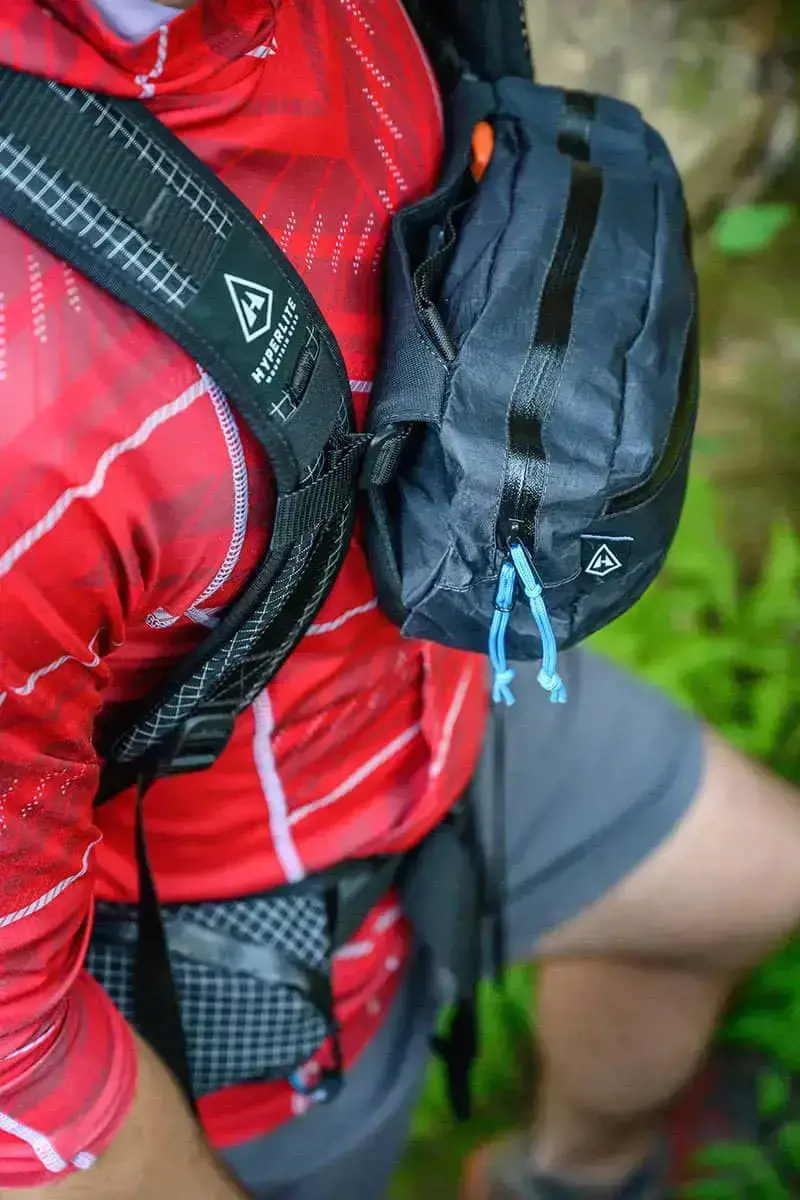
When embarking on longer trail running adventures, it's important to be prepared and pack accordingly. While you may think you have everything you need, there are some additional items that you should consider packing to ensure a safe and enjoyable experience. In this article, we will discuss these items and why they are essential for longer trail running adventures.
- Navigation tools: When venturing into unfamiliar territory, it's crucial to have the right navigation tools. Bring a map of the area, a compass, a GPS device, or a smartphone with a reliable mapping app. This will help you stay on track and avoid getting lost, especially in areas where the trail may not be well-marked.
- Extra food and water: Long trail runs can be physically demanding, and it's important to fuel your body properly. Pack extra food and water to ensure you have enough energy and hydration throughout your run. Energy gels, bars, and dried fruits are lightweight options that provide a quick source of energy. Invest in a hydration pack or water bottles that are easy to carry and won't slow you down.
- Emergency kit: Accidents can happen, even on the most well-maintained trails. Packing a small emergency kit can be a lifesaver in unexpected situations. Include items such as a first aid kit, a whistle, a headlamp, a lighter, and a survival blanket. These items can help you stay safe and comfortable in case of an injury or getting stranded after dark.
- Extra layers of clothing: Weather conditions can change quickly in the mountains or on long trails. Pack extra layers of clothing to adapt to temperature fluctuations. A lightweight windbreaker, a waterproof jacket, a hat, and gloves are essential items that can protect you from the elements. Consider the duration of your run and the terrain you'll be traversing to determine the appropriate clothing items to pack.
- Personal locator beacon: If you're embarking on a solo trail running adventure in a remote area, a personal locator beacon can provide an extra layer of safety. This device allows you to send a distress signal and be located by emergency services if needed. While it may seem like an extreme measure, it can be a valuable tool in case of an emergency or if you become lost and need assistance.
Remember, the additional items mentioned above are not meant to weigh you down but rather to ensure your safety and comfort during longer trail running adventures. Assess the specific conditions of your run, such as the distance, terrain, and potential hazards, to determine which items are necessary for your particular situation. Stay prepared, be mindful of your surroundings, and enjoy the challenges and rewards that longer trail runs have to offer.
Essential Packing Guide for a 10-Day Trip to Peru
You may want to see also
Frequently asked questions
When packing clothing for trail running, it's important to consider the weather conditions and terrain you'll be encountering. In general, you'll want to wear moisture-wicking and quick-drying materials that will help keep you comfortable and dry. This could include a lightweight, breathable shirt, shorts or tights, and socks specifically designed for running. Additionally, you may want to bring a lightweight waterproof jacket in case of rain or wind.
Choosing the right shoes is crucial for trail running. Look for trail running shoes that have a good amount of traction and grip on the outsoles to help prevent slipping on loose or uneven terrain. The shoes should also have a comfortable and supportive fit to keep your feet secure during your run. It's also a good idea to consider the level of cushioning and protection needed based on the terrain you'll be running on.
In addition to clothing and shoes, there are a few other essentials you should pack for trail running. It's important to bring a hydration system or water bottle to stay properly hydrated during your run. Depending on the length of your run, you may also want to bring energy gels, snacks, or electrolyte tablets to replenish your energy levels. Other important items to consider packing include a hat or visor to protect your face from the sun, sunscreen to protect your skin, a first aid kit, and a cell phone for emergencies.







